No products in the cart.
The F-16 pilot who tried to give her life to stop Flight 93 on 9/11
- By Alex Hollings
Share This Article
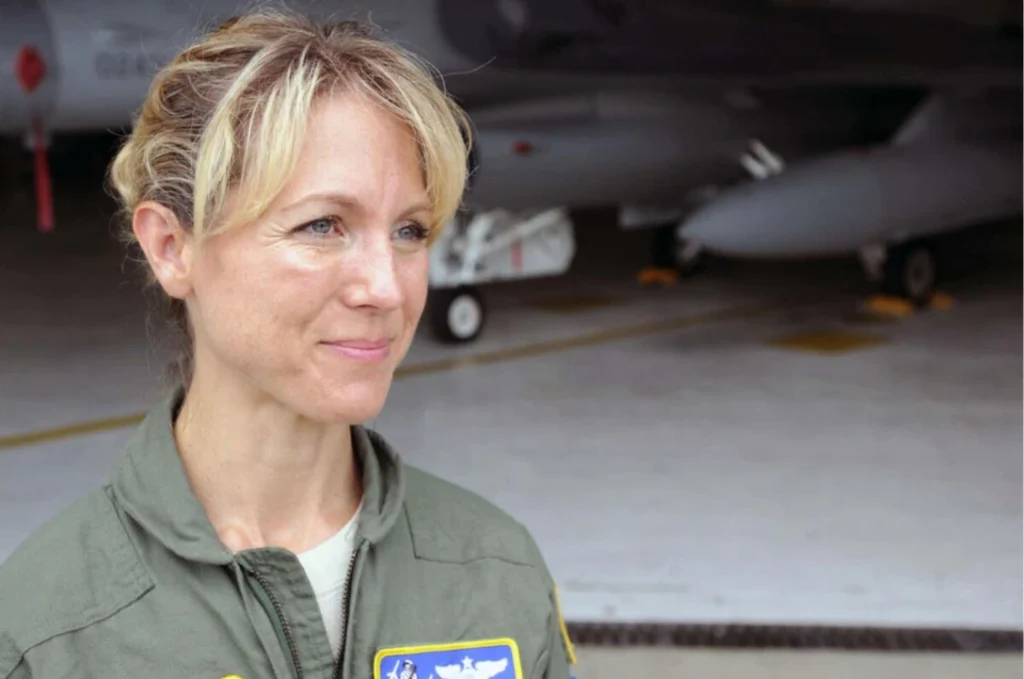
On the morning of September 11, 2001, as Americans everywhere were shocked by the terror attack that would change the world, Lt. Heather “Lucky” Penney and her wingman were airborne in their unarmed F-16 Fighting Falcons over Washington D.C. The plan was to sacrifice themselves to bring down Flight 93, the hijacked Boeing 757 headed for the nation’s Capitol.
Born to be a fighter pilot
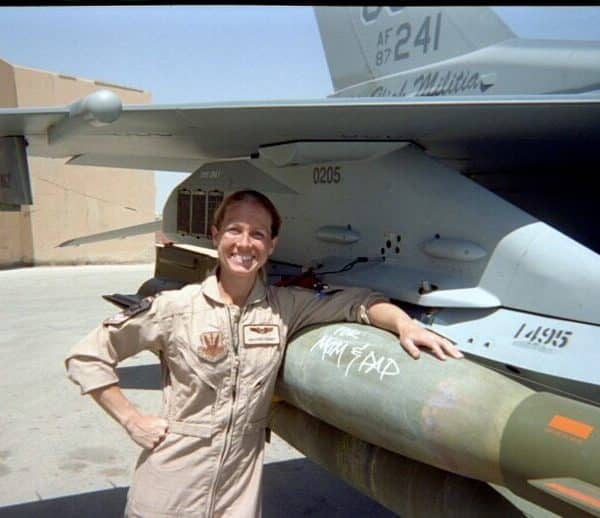
Heather Penney was born on Davis-Monthan Air Force Base near the tail end of the Vietnam War. Her father, Colonel John Penney, was a pilot with multiple combat missions at the stick of America’s A-7 Corsair II under his belt.
The A-7 was a subsonic attack aircraft originally developed as a replacement for the U.S. Navy’s A-4 Skyhawk, but eventually found its way into Air Force hangers as their own A-1 Skyraider attack aircraft aged out of relevance. The A-7 wasn’t a fast and nimble fighter jet, so much as a reliable long-range bruiser that could deliver ordnance to ground targets with incredible precision compared to other platforms of its day. Because of their role providing close air support in the unforgiving jungles of Southeast Asia, A-7 pilots had to be comfortable in the fray, literally flying their aircraft straight at enemy positions and opening fire with its M61A1 Vulcan 20mm rotary cannon, or using its first-of-its-kind Heads Up Display (HUD) to drop unguided bombs with near-pinpoint accuracy.
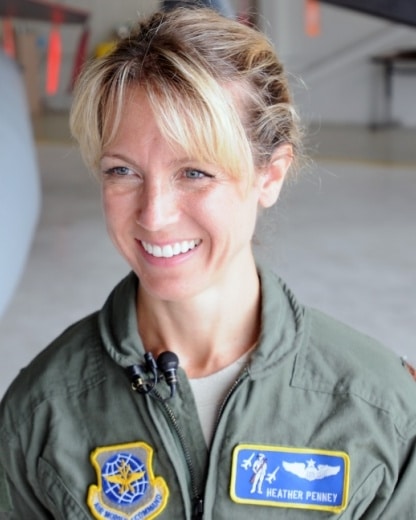
Young Heather Penney grew up seeing her father in uniform and listening in as he and his friends told stories about their combat tours over Vietnam. In that environment, it may come as little surprise that she was drawn to aviation from an early age–particularly the powerful new generation of fighter jets that were just beginning to emerge at the time.
By the time Penney was 18-years-old, she already had her private pilot’s license, but at the time, the United States didn’t allow women in combat roles. She knew that, regardless of her skill in an aircraft, following in her father’s footsteps simply wasn’t an option, so she enrolled at Purdue University. She chose to major in Literature, aiming for a career in education, rather than one 30,000 feet above a combat zone.
But shortly before Penney enrolled in graduate school, Congress reconsidered America’s position on women in combat. With bureaucracy no longer barring her from getting behind the stick of one of America’s top-tier jets, Penney headed straight for the local Air National Guard recruiting office when she heard.
“I signed up immediately,” Penney recalled. “I wanted to be a fighter pilot like my dad.”
Related: The nobility of service in a post 9/11 world
The first female F-16 pilot in the 121st Fighter Squadron
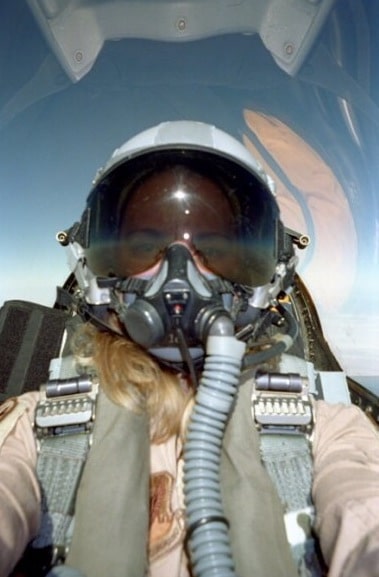
Penney took to the F-16 just like she always knew she would, and before long, she was checking in at the 121st Fighter Squadron of the D.C. Air National Guard as the first female Viper pilot in the wing’s history. On the morning of Tuesday, September 11, 2001, now-1st Lieutenant Penney arrived at work, grabbing a seat around the briefing table. She was just returning from two weeks of air combat training in Nevada, but in a very real way, Penney was still a rookie without much experience in the supersonic fighter.
And as luck would have it, that morning, “Lucky” wasn’t scheduled to fly at all.
“I could tell it’d be a gorgeous flying day, but I wasn’t going to be flying that morning,” Penney later recalled.
“I had called the tape the night before — we had an answering machine that had the next day’s flying schedule on it — and I wasn’t.”
America was a different place leading up to the attacks of September 11th. The Soviet Union had fallen a decade prior, and shortly thereafter the United States and its coalition allies had dominated the Iraqi military in the Gulf War. With the threat from a rising China still years away, America found itself an unmatched power in a historically stable world.
That stability was to be short-lived. At 8:46 a.m., American Airlines Flight 11, a nearly 160-foot long Boeing 767 with 87 people on board, collided with the North Tower of the World Trade Center in New York City. While today, there are always armed aircraft standing by for exactly such an attack, in a pre-9/11 world, that wasn’t the case at Andrews Air Force Base. There were no armed fighters, and no jets standing by to take off on short notice.
Related: ‘The Jet Doesn’t Care:’ 1st female F-35 demo pilot says she’s focused on excellence
From peace to war in just 17 minutes

Everyone was immediately aware of the World Trade Center crash, but like most Americans at the time, they assumed it was nothing more than a tragic accident. In fact many dismissed the story, assuming it had been a personal plane, like a small Cessna, that likely hit the building. But seventeen minutes after the first aircraft hit the North Tower, another Boeing 767, this time United Airlines Flight 175, hit the South Tower. Most of the nation didn’t know it yet, but the pilots at Andrews Air Force Base did; America was at war.
“There was no perceived threat at the time, especially one coming from the homeland like that,” explained Col. George Degnon, former vice commander of the 113th Wing at Andrews Air Force Base.
“It was a little bit of a helpless feeling, but we did everything humanly possible to get the aircraft armed and in the air. It was amazing to see people react.”
Related: What is Article 5 of the NATO charter?
“Lucky, you’re coming with me.”

At 9:37 a.m., a third hijacked aircraft, this time American Airlines Flight 77, crashed into the Pentagon, just a thirty-minute drive from the briefing room where Penney sat. Almost simultaneously, another message came through the pipeline: there was another hijacked aircraft in the air and it was heading for Washington D.C.
Air Force personnel sprang into action, but despite their professionalism, confusion swelled within the ranks. No one had anticipated such an attack, and there were no standing procedures to follow. Penney knew the hijacked aircraft would have to be intercepted and shot down before it could reach a target like the Capitol building, but there were no armed F-16s standing by for the job.
Every Fighting Falcon on the tarmac was equipped with dummy rounds and fake munitions meant to mimic real ordnance for training. It would take at least an hour to get the ammunition changed out and have missiles mounted on the aircraft’s hardpoints.
“We know we have to get airborne. We know we have to protect. I was so eager, so impatient, and yet so frustrated and angry, because we couldn’t,” Penney said.
“As I said, we’re with the D.C. Guard. We’re not part of our nation’s alert squadron.”
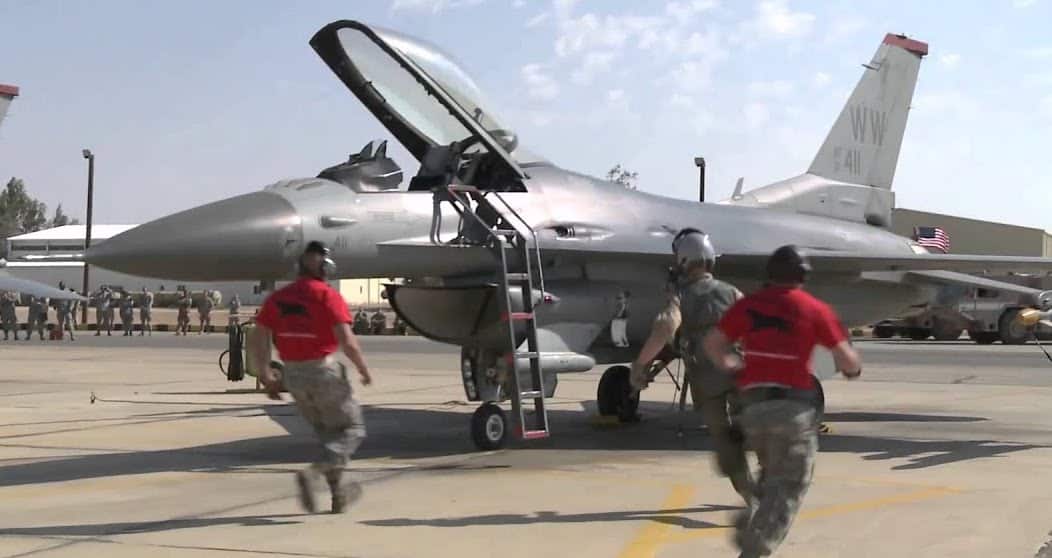
But waiting an hour wasn’t an option. The United States was under attack and the men and women of Andrews Air Force Base may have been the only thing standing between the American Capitol and what was now a 250,000-pound missile full of innocent people heading straight for it. Penney was too junior in rank to do anything about it, but just then, she caught the eye of Colonel Marc “Sass” Sasseville.
He was scrambling to put on his flight suit, having just received the go-ahead from Vice President Dick Cheney to put fighters in the air and start searching for the hijacked airliner.
“Lucky, you’re coming with me,” the colonel shouted.
Related: Today, 10 years ago, Navy SEALs killed Osama bin Laden
No time for checklists, let alone missiles

Jumping at the opportunity to get into the fight, Penney took off behind Sass, running to their respective F-16s. But the junior pilot had never had to scramble a fighter in combat conditions before. Like any pilot, she deferred to her training, hurriedly beginning the checklist required to safely start an F-16 and get it ready to fly.
“Lucky, what are you doing? Get your butt up there and let’s go!” Sasseville shouted.
So Penney jumped into the cockpit, fired up her engines, and screamed to her ground crew to yank out the wheel chalks keeping the aircraft from rolling. As she began to taxi down the runway, her crew chief still had his headphones plugged into the fuselage, allowing the two of them to communicate directly. He was still pulling safety pins out of the fighter as it rolled down the tarmac.
By the time her crew chief unplugged, Sass was already in the air. Penney whispered to herself, “God, don’t let me [expletive] up” and followed right behind. They had made it into the sky, and only then did the gravity of the situation begin to set in.
Related: How one F-16 dodged 6 surface-to-air missiles in Iraq
A one way trip

Now airborne and on the hunt, Sasseville and Penney began to form a plan. As they flew low over the smoldering Pentagon at over 400 miles per hour, the senior pilot considered their options. He already knew that with no munitions on board, they were on a suicide mission. That wasn’t the part troubling him. It was the aerodynamic design of their target that gave him pause.
“We don’t train to bring down airliners,” said Sasseville in an interview in 2011.
“If you just hit the engine, it could still glide and you could guide it to a target. My thought was the cockpit or the wing.”

Penney did her best not to let the situation at the Pentagon affect her thinking.
“There was no way to avoid seeing the smoke that was billowing out of the building,” she said.
“I didn’t dwell on that because we had more important things to do. It was a completely surreal experience.”
While Sass will tell you that his plan was to eject just as his F-16 made contact with the Boeing 757, potentially giving him a small chance at surviving, Penney had done the same arithmetic in her head. But with the stakes so high and her limited experience, she calmly decided that saving her own life simply wasn’t as important as stopping the airliner from hitting its target. She told herself that she wouldn’t bother trying to eject.
“I genuinely believed that was going to be the last time I took off,” she told the Washington Post. “If we did it right, this would be it.”
Both pilots scanned the skies for Flight 93, solemn in their determination to stop it from destroying America’s Capitol even at the cost of their own lives… But despite their heroic efforts, it was a different group of heroes that would stop the 757 from making it to Washington; the passengers on board.

Related: A Marine’s perspective on gratitude and sacrifice
“The passengers on Flight 93 are the true heroes.”
Penney and Sasseville may have been willing to give their lives to save others, but it was the passengers of Flight 93 who would make ultimately make that sacrifice. As the two pilots scoured the skies over Washington DC, the people on board the Boeing 757 were getting word of other terrorist hijackings that had been crashed into the World Trade Center and Pentagon. In order to prevent their own flight from becoming another such attack, a group of passengers decided to attempt to retake the plane.
A struggle ensued, and as the brave men and women of Flight 93 fought to retake the plane, the hijackers deliberately crashed it into the ground, killing everyone on board.
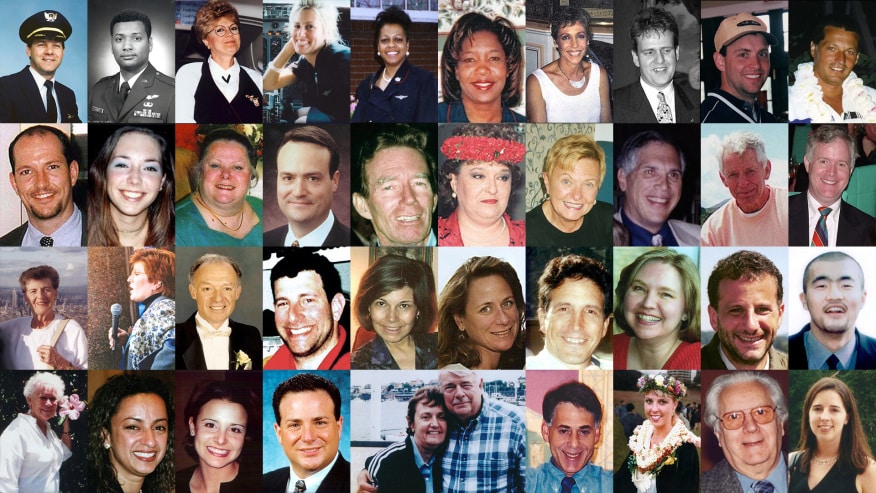
As Penney and Sasseville searched for their target, they wouldn’t know about the heroic last stand of the passengers of Flight 93 for hours to come.
“The passengers on Flight 93 are the true heroes. In the years since that bright, blue morning, I’ve come to realize that heroism isn’t something unique or possessed by only a chosen few,” Penney said.
Despite the tragedy of that day, Penney points out that Flight 93 stands as a shining example of what Americans will do to help one another, to save one another, when thrust into incredible circumstances.

“I still get really frustrated with the failures of the command and control and all of that, but what I now see that gives me tremendous hope is that they were willing to do what was unimaginable, and what they had not had time to think of,” she said.
“When you take that oath of office, when you choose and enter the military, you use that time to sort of meditate on what that might require. And they had to make that decision.”
You can read biographies of each person who died on Flight 93 here.
Penney would go on to serve two combat tours in Iraq during the Global War on Terror that would follow, eventually finding her way to Lockheed Martin as the director of T-50A and Aviation Training Systems, where she worked until 2018. Today, she’s a Senior Resident Fellow at the Mitchell Institute for Aerospace Studies. She remained in uniform for the Air National Guard until 2020.
You can watch Heather “Lucky” Penney discuss her experiences in the video below:
Read more from Sandboxx News
- Military Spouse Spotlight: An Interview with Photographer Heather K. Purdy
- Sandboxx Stories: Platoon Mom Writes Trainees At Army Basic Training
- Why does America need Delta Force? An operator’s perspective
- Booking flights to Marine Corps Graduation
- The Army has officially fielded its new squad designated marksman rifle
Related Posts
Sandboxx News Merch
-

‘AirPower’ Classic Hoodie
$46.00 – $48.00 Select options This product has multiple variants. The options may be chosen on the product page -

‘Sandboxx News’ Trucker Cap
$27.00 Select options This product has multiple variants. The options may be chosen on the product page -

F-35 ‘Lightning’ Framed Poster
$45.00 – $111.00 Select options This product has multiple variants. The options may be chosen on the product page

Alex Hollings
Alex Hollings is a writer, dad, and Marine veteran.
Related to: Airpower
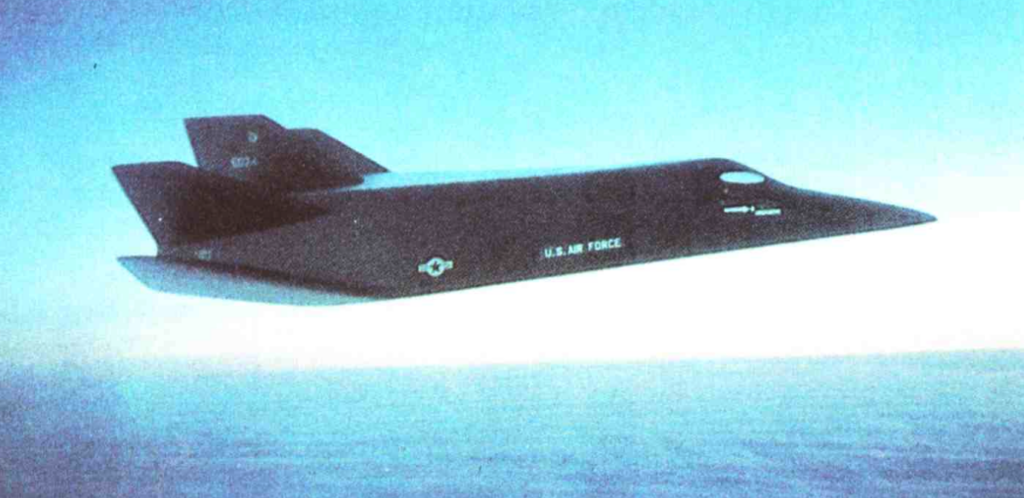
Game-changing military aircraft that were canceled before they could change the game
Alex Hollings
March 10, 2025
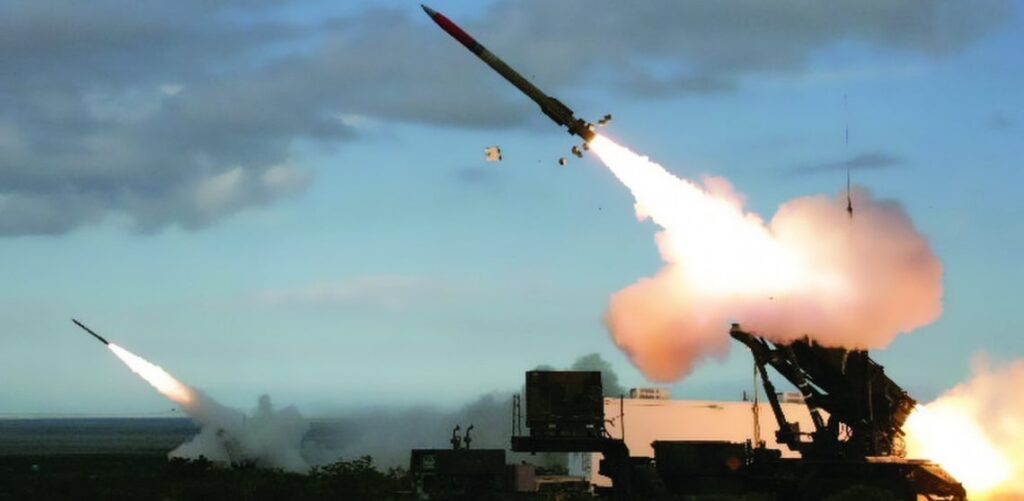
The ultimate guide to the Patriot air defense system
Alex Hollings
March 5, 2025
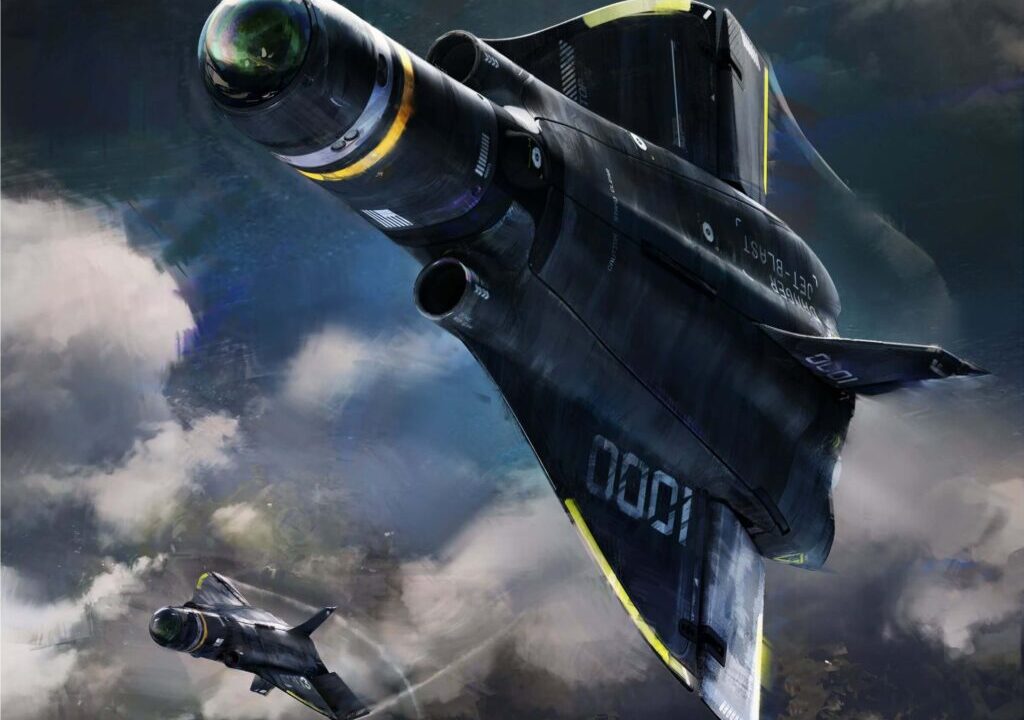
Anduril’s Roadrunner is a unique reusable missile interceptor
Alex Hollings
March 10, 2025
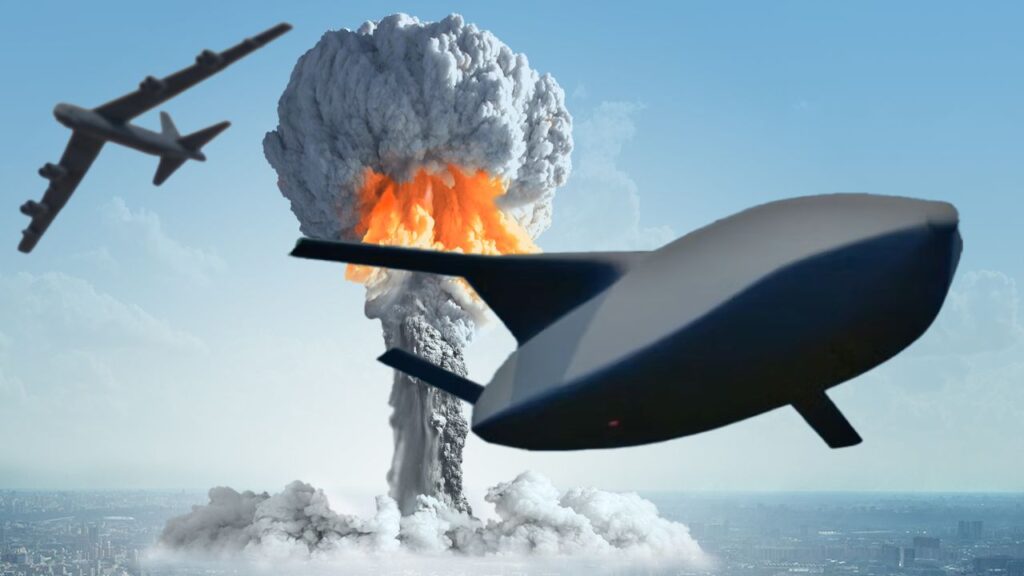
The AGM-181 LRSO missile will modernize America’s nuclear triad
Alex Hollings
March 25, 2025
Sandboxx News
-

‘Sandboxx News’ Trucker Cap
$27.00 Select options This product has multiple variants. The options may be chosen on the product page -

‘AirPower’ Classic Hoodie
$46.00 – $48.00 Select options This product has multiple variants. The options may be chosen on the product page -

‘AirPower’ Golf Rope Hat
$31.00 Select options This product has multiple variants. The options may be chosen on the product page -

‘Sandboxx News’ Dad Hat
$27.00 Select options This product has multiple variants. The options may be chosen on the product page
